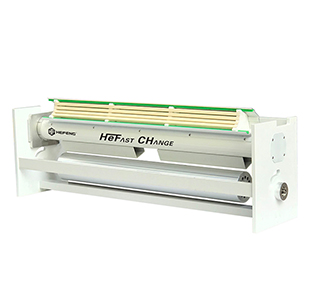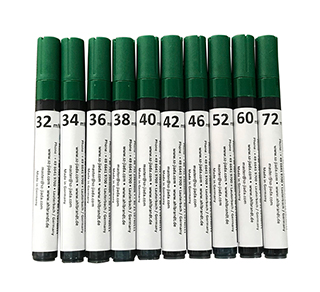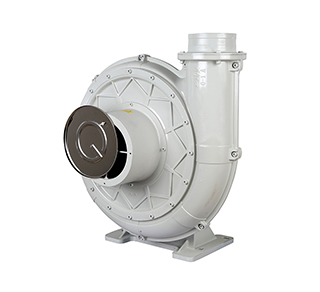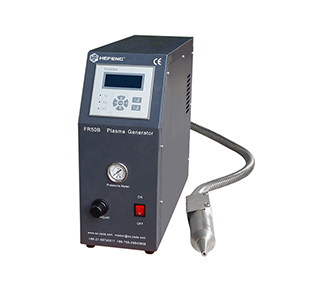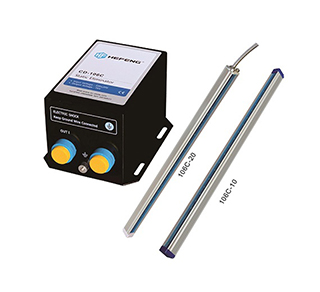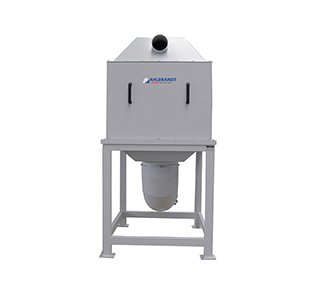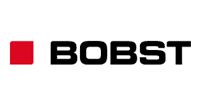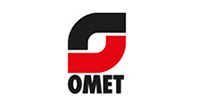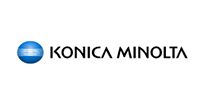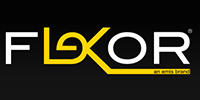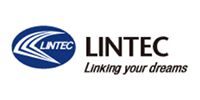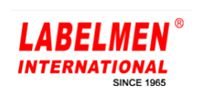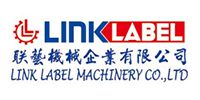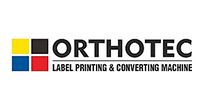HeFeng can provide surface treatment solutions for most materials, our aim is to satisfy individual needs of our customers and exceed their expectations.
Why Choose Us?

Leading solution provider within the industry: specialized in providing surface treatment solution, including engineering, designing, manufacturing, supplying, installation and after-sales service;
-

Service across a wide range of industry sectors: professional surface treatment equipment for printing, coating, lamination, extrusion, blown film/cast film extrusion, etc.;
-

Partnered with AHLBRANDT and HILDEBRAND, enjoying world's leading technologies, innovative designs, advanced software & hardware support, and excellent service;
-

Incorporating a combination of professional and experienced teams from designing, manufacturing and after-sales service to guarantee excellent performance and premium quality of each product, these teams have made firm commitment to deliver exceptional customer service;
-
Films
One of the main fields of corona treatment application is surface treatment of plastic films. By utilizing the corona treatment method to increase adhesion, the surface of the substrate will become impressible to printing colors, coatings and adhesives.
It should be taken into consideration that the surface properties of various film materials can affect the efficiency, so that choose an appropriate surface treatment is critical to treat the targeted materials. Like some films can only be treated with extremely high voltage discharge plasma surface treatment method to reach the desired effect, while other films are very sensitive to electric discharge, even low power plasma discharge can cause damage to their behaviors.
With the in-depth knowledge of the plastic films including PP, CPP, BOPP, PE, PET, HDPE, LDPE, PS, BOPS, PI, BOPI, PC, PA, BOPA, PVC, ABS, etc., Our experienced specialists can provide the precise solution for your surface treatment needs. Please contact our engineers, they'll be happy to assist you.
-
Paper and Cardboard
Since many paper and cardboard are multi-layer laminated products, the different layers have different surface properties. Plasma treatment can increase the adhesion of the different material layers when manufacturing laminated products, while maximizing the reduction of environmentally harmful adhesives, primers and other chemicals.
Plasma treatment is a proven method not only limited to the paper or cardboard production process, it also can be applied in post-processing of paper and cardboard to increase the adhesion of paint, lacquers, adhesives or coatings.
-
Foams and sheets
In contrast to thin films, the foams and sheets are much thicker so that the required distance between plasma electrode and counter electrode is larger. Besides, they many contain cavities or air inclusions. This is what our engineers will consider for your applications of surface treatment for these materials.
-
Textiles
Industrial textiles are found in almost every industry. Taking into account that the various chemicals are required in textile production processes of laminating, coating and printing, plasma treatment is an ideal approach to treat the surface of textiles as the treatment is carried out in a closed and dry process.
-
Printed Electronics
When it comes to produce printed circuits, flexible displays and efficient thin-film batteries, plasma surface treatment is suited to increase surface adhesion prior to printing or laminating processes. Due to some of materials are extremely sensitive to electric discharge, thoughtful consideration and special processes are necessary. Please call us to speak directly to our engineers.
-
Metal Foils
Whether you are hoping to work with laminated metal foil to prolong the shelf life of products, or bond the decorative foil or metallized paper to flexible packaging, we are able to provide surface treatment solution to increase the adhesion to the required bond strength.

